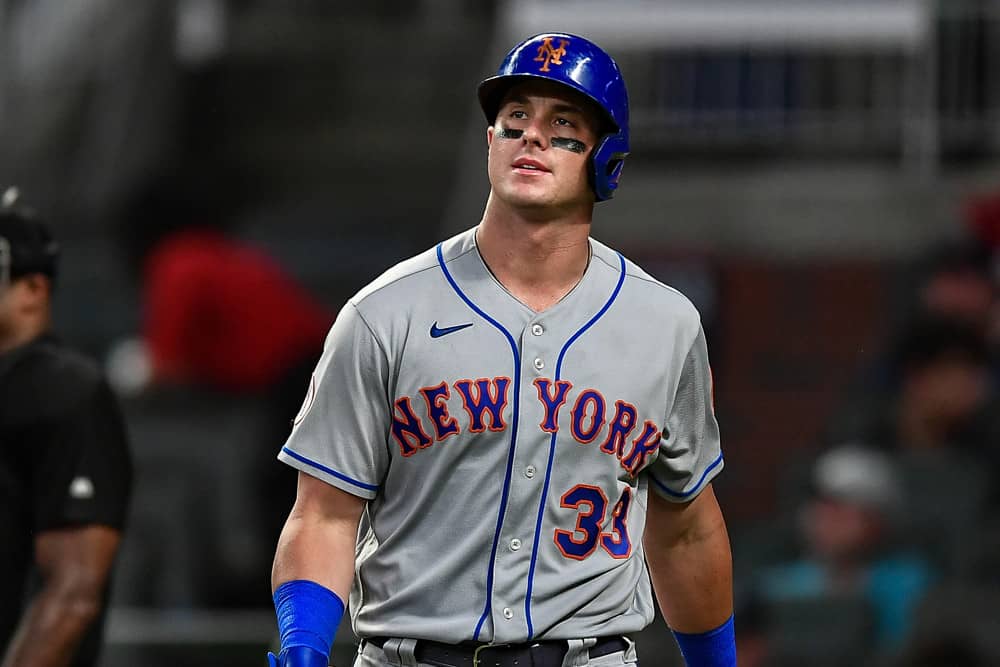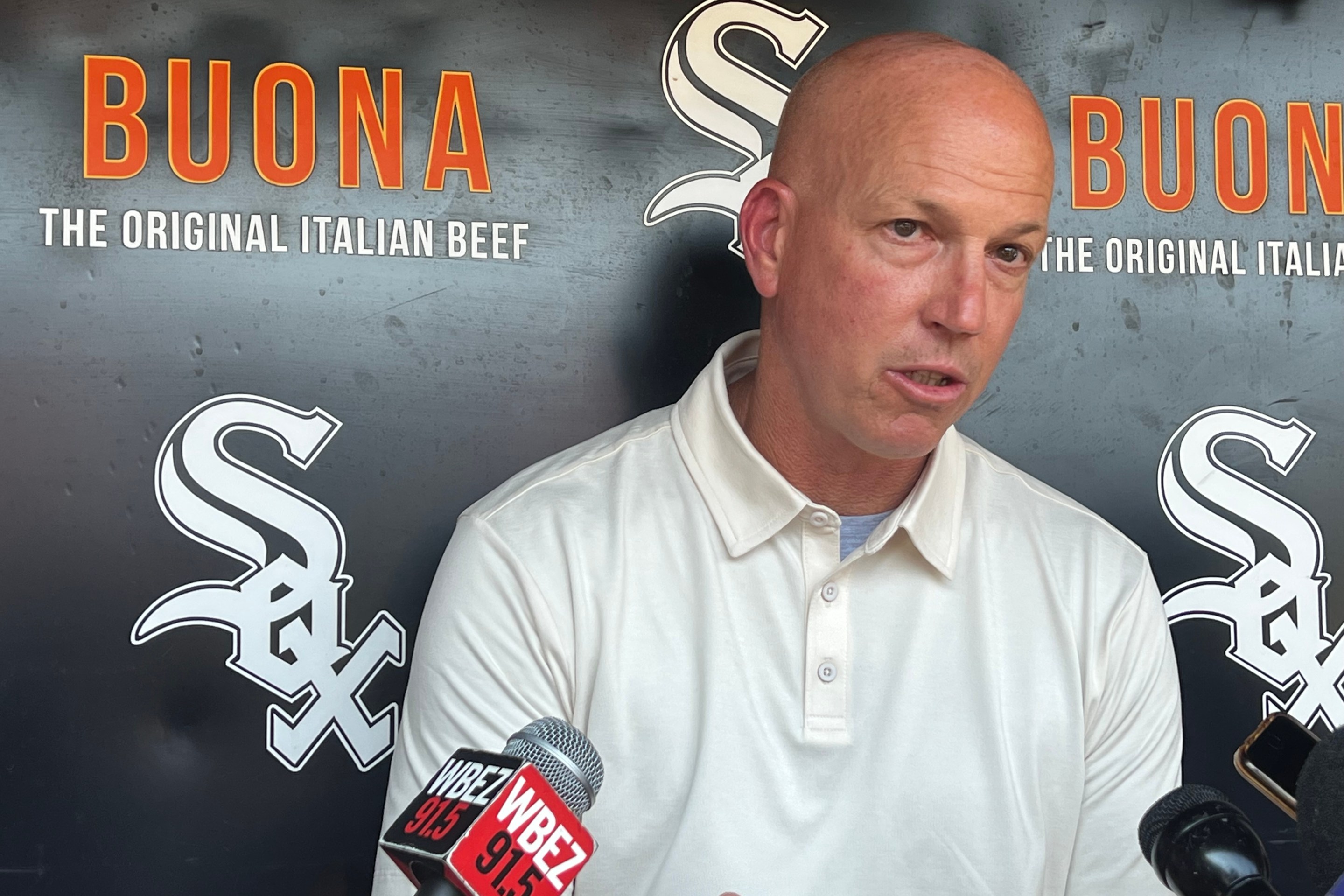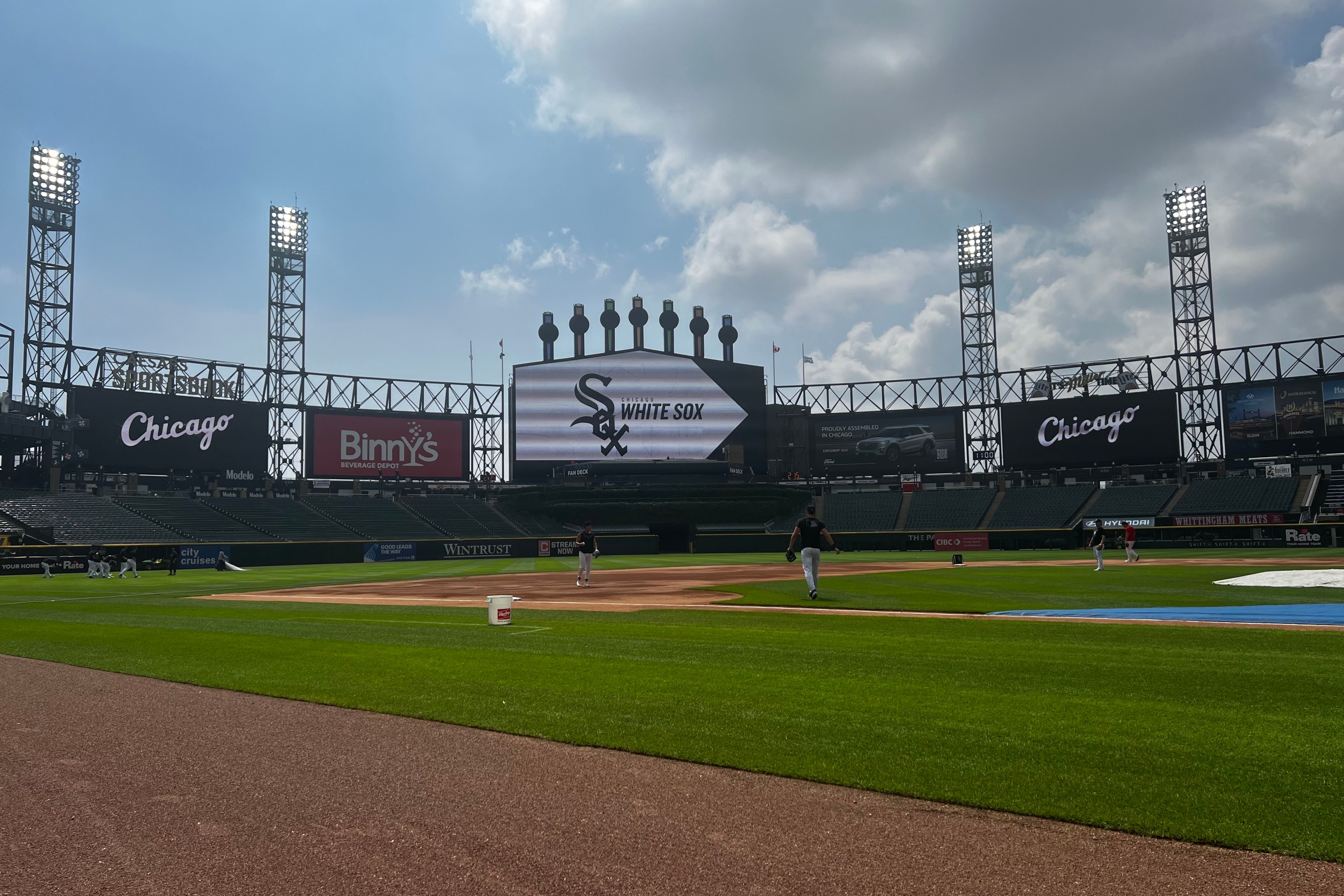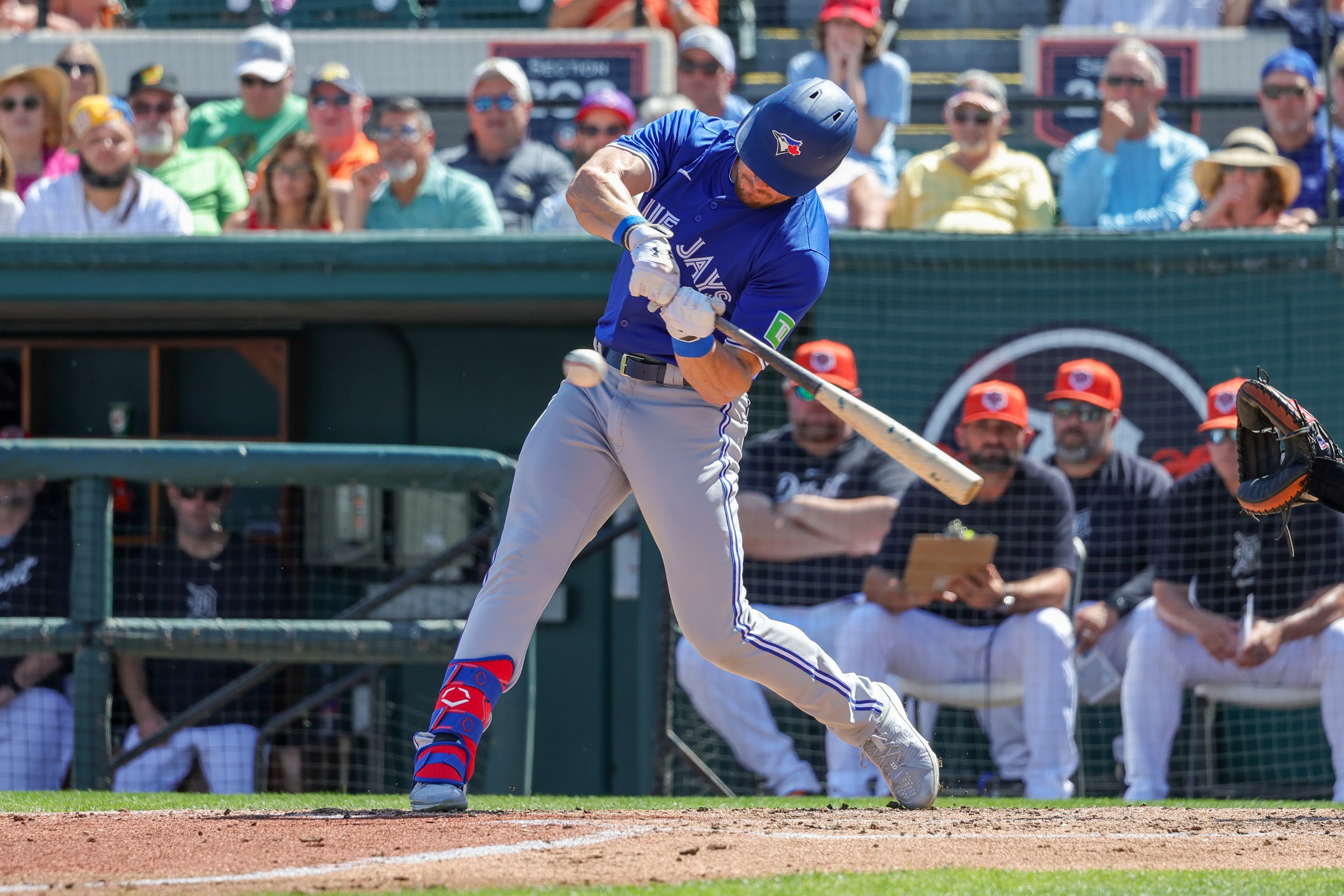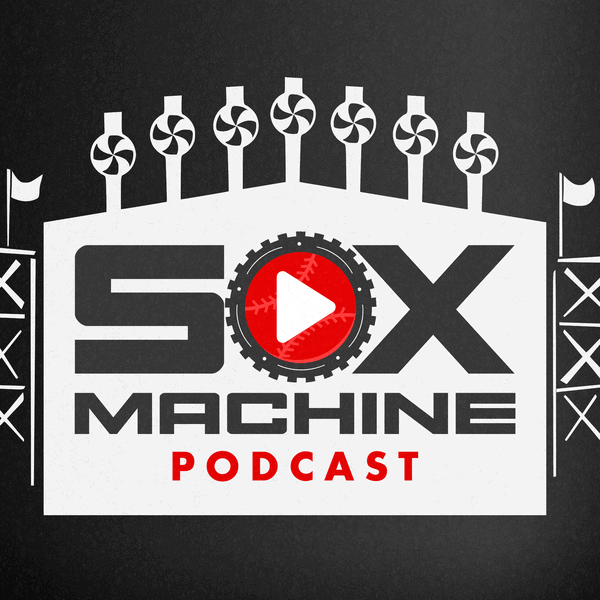Before each season, there are a dozen or so players who represent alternate paths the White Sox could've taken. Or maybe they were paths the White Sox previously took. Or maybe they're just players I thought were good-to-great ideas.
The best phrase I can think of to lump them all in together is "White Sox-adjacent," and last year's list of such players included 16 names. They tend to cluster around positions of great need, especially if the player selected for the position is far from anybody's first choice.
For instance, I didn't have any other candidates for a front-line starter when the White Sox signed Lance Lynn because Lynn was a great idea. Conversely, because the White Sox had to have Adam Eaton, they denied themselves the opportunity to sign any number of better players. Six such candidates I covered last week in the decision reviews for right field and designated hitter:
And because Carlos Rodón seemed like a very flawed idea for the fifth-starter job, I wondered if José Quintana, Garrett Richards or Dane Dunning might've contributed more. Quintana's season was doomed after a spring run-in with a wine glass, although I preferred Richards over him. (Dunning was used to acquire Lynn and it was a fair price, but failing to replace him adequately would've been robbing Peter to pay a particularly profane Paul. )
It's all moot. Rodón outproduced all three of those pitchers, and just about everybody else in the American League. Fortunately, I wrote at least one sentence to cover my tracks.
I liked Richards more than other oft-injured arms like James Paxton or Corey Kluber, mostly because it seemed like his struggles to stay active largely dealt with the same injury, and Tommy John surgery finally resolved it. Perhaps Rodón already gives the White Sox their inspiring comeback story Richards would have provided.
That leaves a baker's dozen of names, or 11 -- a cheapskate's dozen -- if you prefer to address the ones whose outcomes are all quantifiable.
PREVIOUS HOLDOVERS
There continues to be a crazy alternate timeline where the White Sox pony up for Harper, because he hit .309/.429/.615 and won the MVP while manning right field for the Phillies. He's hitting .281/.402/.556 in his first three years of that 13-year deal, and he's averaged a 5 WAR pace. Speaking of 5 WAR, that's where Machado ended up after hitting .278/.327/.489 in San Diego. Both are delivering what their contracts asked of them, even if the team success hasn't followed.
Back to Philadelphia, Wheeler finished a controversial second in National League Cy Young voting after going 14-10 with a 2.78 ERA and leading the Senior Circuit in innings (213⅓) and strikeouts (247). He had a strong argument for the title because he held a 46-inning edge on Corbin Burnes. The White Sox would've been in great shape had Wheeler accepted their deal.
Then there's Donaldson. He played in more games than I realized, given it seemed he was always dealing with a lower-body injury of some kind. He hit .247/.352/.475, which is fine for a decline, but short of what the Twins needed to reverse their fortunes. At least he got Lucas Giolito good, I guess.
FORMER WHITE SOX
None of the above made the White Sox regret their decision to look elsewhere. McCann signed a four-year, $40 million contract with the Mets, only to refer to his Detroit self. He hit .232/.294/.349, which was basically replacement-level production behind the plate. His short White Sox career remains sweet for not having extended him beyond the two years they had him.
Yet McCann had the best season of this foursome (although Dunning leads the field if you drop him in here). The Reds were Fulmer's fourth organization since the White Sox designated him for assignment, and after a 6.66 ERA over 20 games, he's moved to his fifth (the Dodgers claimed him in the minor-league phase of the Rule 5 draft). Mazara only lasted 50 games with Detroit, hitting .212/.276/.321 before the Tigers released him in July. Colomé was a big reason why the White Sox ran away from the Twins, as his abysmal performance in the Twins' closer role resulted in an oversaturation of demoralizing games.
DH OPTIONS WHO WEREN'T ANDREW VAUGHN
Brantley and Schwarber were covered elsewhere, but Cruz was briefly tied to the White Sox -- probably as a leverage ploy -- before returning to Minnesota on a one-year deal. He continued bruising with the Twins (.294/.370/.537), but he finally looked like a 40-year-old after a trade to the Rays. He hit .226/.283/.442 for Tampa with a sizable degeneration in his strikeout and walk rates.
GUYS WHO DIDN'T FIT ANY OF THE ABOVE
- Curt Casali
- Ha-Seong Kim
- A.J. Hinch
- Chris Fetter
Casali was my pick for the White Sox's backup catcher job, but he took the position with the Giants for one year and $1.5 million. The performance is pedestrian on its face. He hit .210/.313/.350 with five homers over 231 plate appearances, and the defense and framing was fine, but not otherworldly. Then you look at his game log and see that the Giants went 42-13 when Casali started for them in 2021. 42-13!
what does that mean? Well, the White Sox were 18-13 when Seby Zavala started, and one of those 13 losses was his three-homer game. One player can only swing a game so much, so you can't quite say that Casali is responsible for going 24-0 in his surplus of chances, even if he did catch five consecutive shutouts at one point. The larger idea is that you can't call him or the Giants irresponsible for his contributions, and that's the bigger idea for a backup catcher.
Kim came over from the KBO after spending the last two seasons as the league's top player, but he hit just .202/.270/.352 in the first year of a four-year, $28 million deal. His defense was fine, but he got pushed around by fastballs, and the Padres ended up replacing him with Adam Frazier at the deadline, who also disappointed.
As for Hinch and Fetter, the Tigers exceeded expectations in their first year. How much of that was Detroit's leadership versus the collapse of the Twins and Cleveland's often self-imposed limitations? We'll find out in Year Two.
(Photo by Rich von Biberstein/Icon Sportswire)
